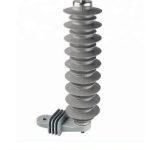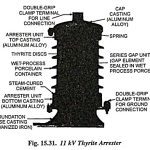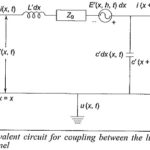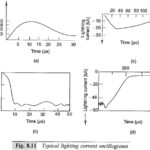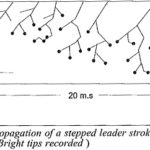Difference between Switching Surge and Lightning Impulse
Difference between Switching Surge and Lightning Impulse: The difference between Switching Surge and Lightning Impulse is given below Switching Surge - It is due to opening and closing of electrical…
